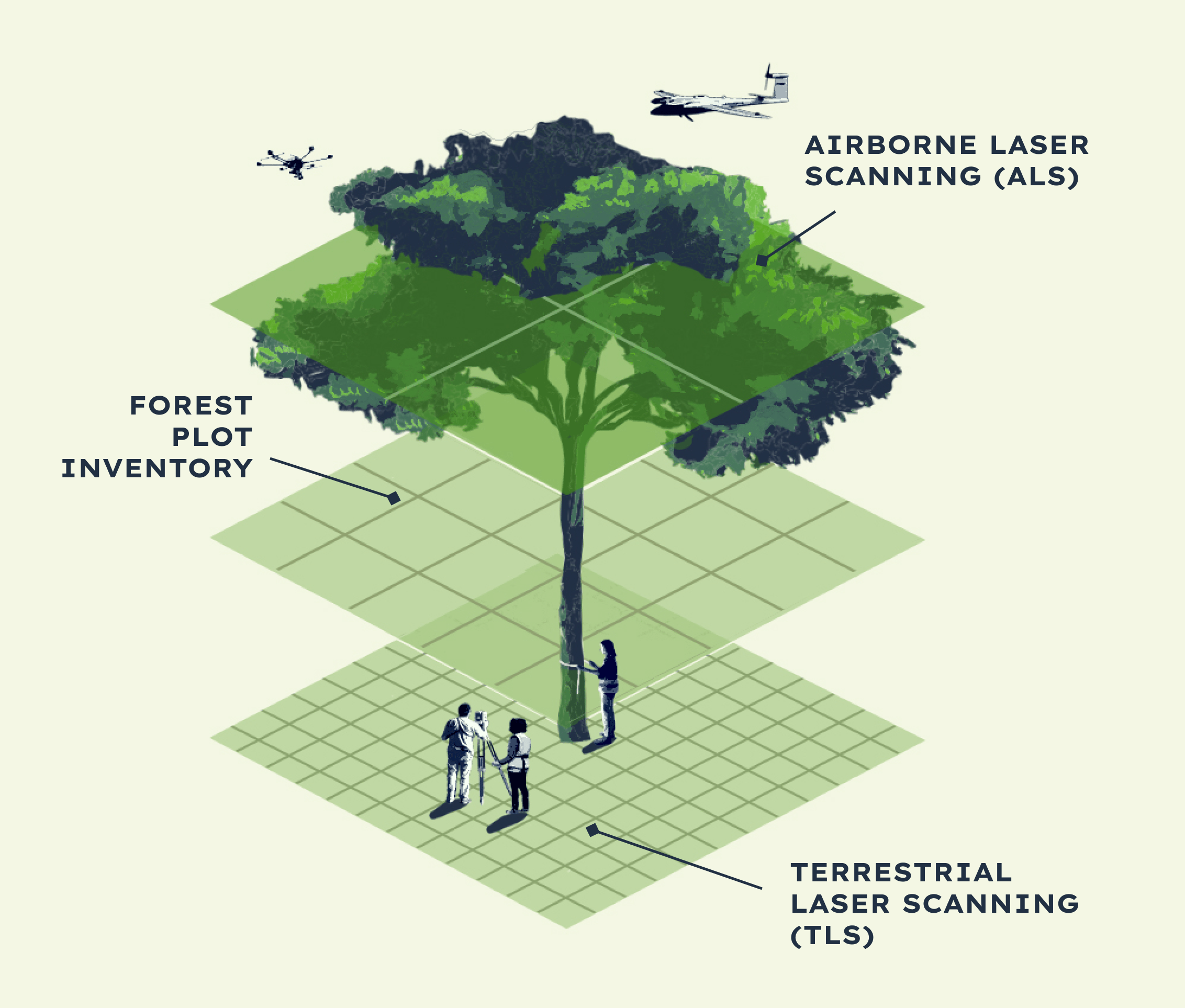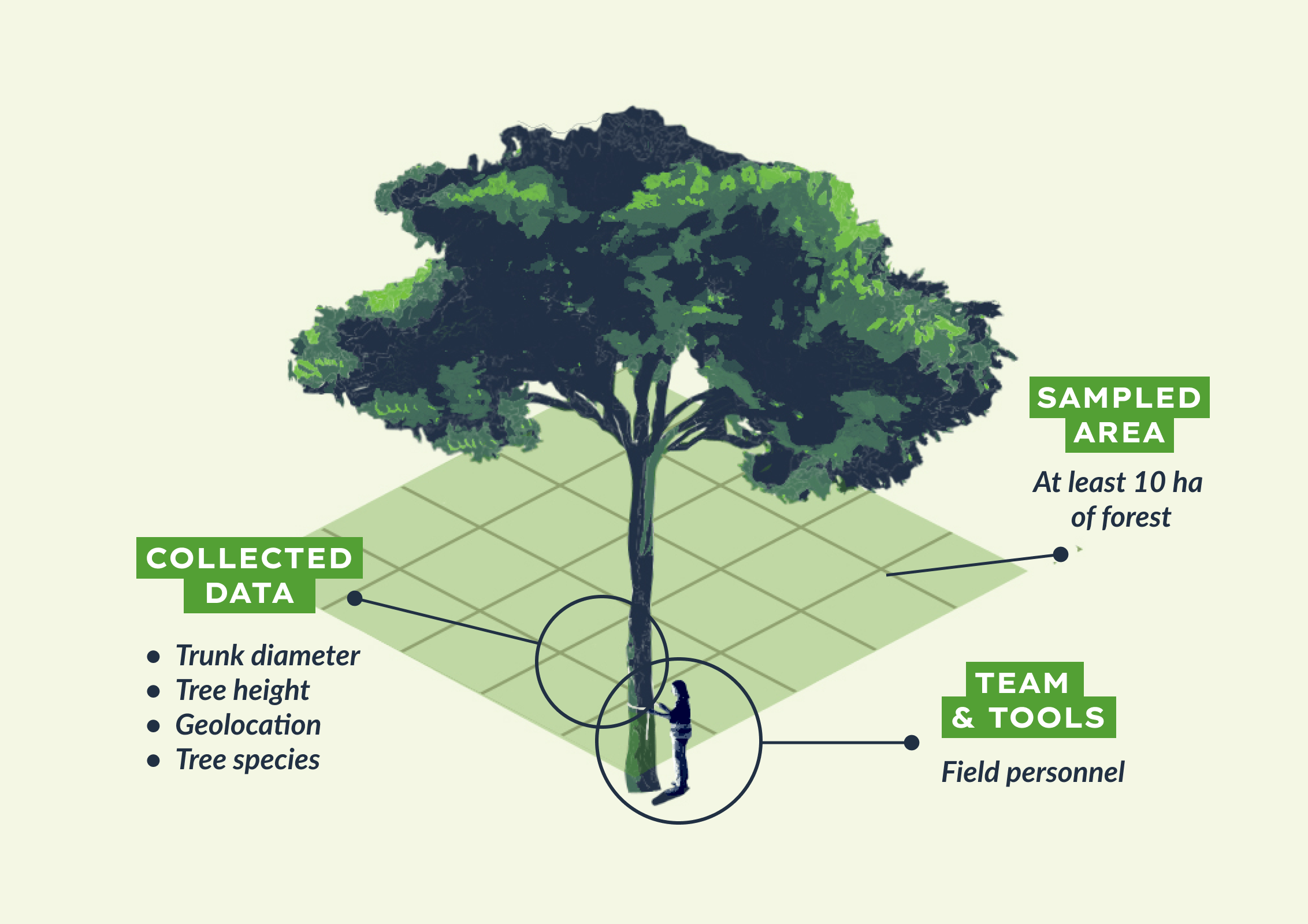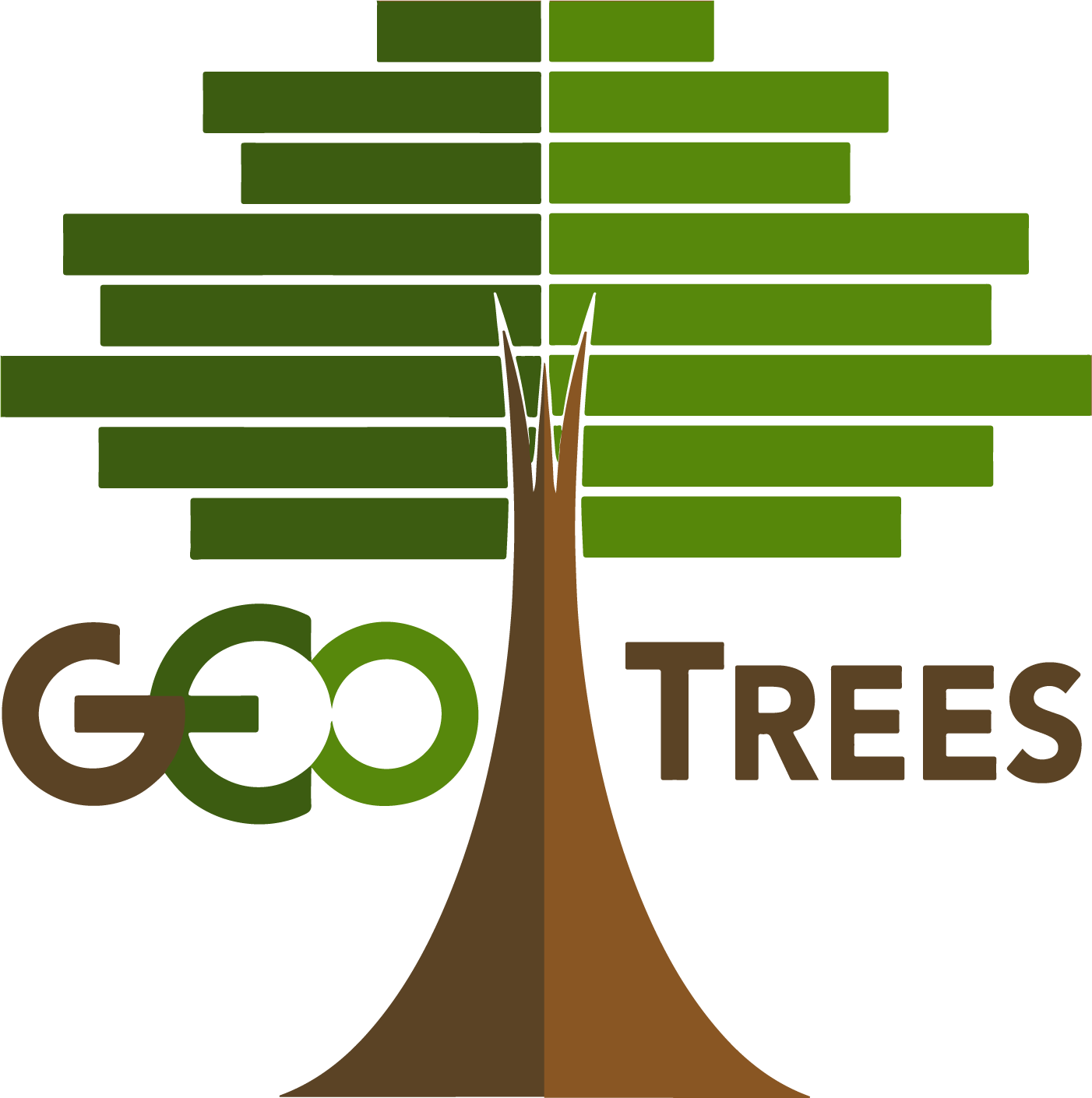GEO-TREES: a network of Biomass Reference Measurement sites
What are Biomass Reference Measurement (BRM) sites ?
The Forest Biomass Reference System will represent forests around the world, with strong priority placed on the tropics. GEO-TREES will be established through collaboration with existing international networks of high-quality forest plots that use standard forest monitoring protocols. Biomass Reference Measurement sites (BRM) are in situ forest measurement sites. They will have:
- a common standard for high-quality data acquisition
- transparent measurement protocols
- long-term monitoring
- measurements traceable to SI units
What are the measurement requirements to obtain this high quality data?
Core BRM sites meet the following measurement requirements:

GEO-TREES sites will follow the Committee on Earth Observation Satellites Land Product Validation (CEOS LPV) biomass protocol that was written by the Earth Observation and ecological communities. This document represents the current state of knowledge and data gaps for operational validation of satellite products on a global scale. The focus lies on standardized intercomparison and validation across products from different satellite, algorithms, and agency sources.
Forest plot inventory
Aboveground tree biomass estimation based on comprehensive tree inventories.
Forest inventory on at least 10 ha of forests, with plots of at least 1 ha each.
In the inventory, each tree is mapped, its diameter measured and species identified by botanists, using voucher collections where necessary.
Plots should be accurately geolocated.
Plots are regularly remeasured to track growth, recruitment and mortality.

Airborne Laser Scanning (ALS)
To scale the plot-level measurements of forest biomass across landscapes, typically 10 km2 (1000 ha) or more. ALS of forests is essential for the validation of satellite-based biomass sensors.
Airborne laser scanning uses the time of flight of laser pulses emitted by an aircraft (manned or unmanned) to scan the vertical structure of the forest. For these measurements, very-high resolution (< 1m) maps of canopy height can be produced. Canopy height is the difference between the top of canopy and ground elevations.

Terrestrial Laser Scanning (TLS)
Provide more direct and accurate site-specific measurements of wood volume and total tree height, both critical for biomass estimation
TLS surveys are conducted at at least three 1-ha plots using high-quality, tripod-mounted, laser scanners. Surveys are taken using a grid-based design. The laser point clouds are carefully stitched together during the data processing phase, and 3D tree models are reconstructed numerically.

Data Sharing
The biomass data collected by the GEO-TREES project will be made publicly accessible through the GEO-TREES web portal.
To deliver these high-quality data over a sustained period in dozens of countries requires skilled teams hosted by institutional partners. The labor and skill demanded for the groundwork are high, and conditions of work are often insecure and difficult. It follows that for in situ data to be shared openly GEO-TREES partners will be fairly and systematically funded with adequate provision of training and career development.
The intellectual property of the primary stem and species data remain with the principal investigators of each site.
How is implementation carried out?



At least 100 core BRM sites will consist of long-term intensive measurements of forest biomass. An additional 200 supplementary BRM sites will involve less intensive biomass sampling, ensuring full representation of the main environmental and anthropogenic dimensions over which forests occur globally.
The map below provides a dynamic illustration of completed, ongoing, and planned BRM sites.
We welcome suggestions and insights from the community on high-priority areas for GEO-TREES sampling.




